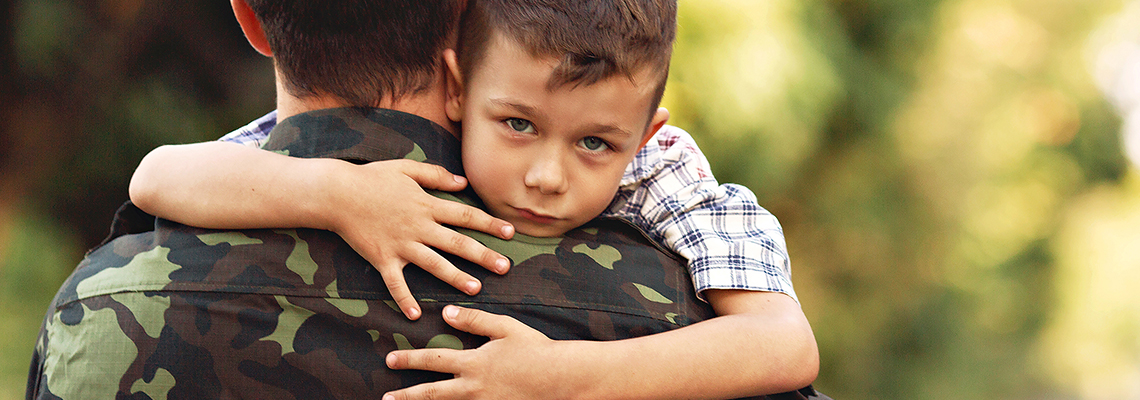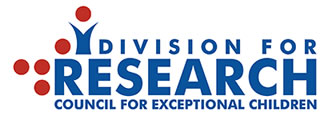 The hardest part about my deployment to Afghanistan wasn’t taking care of the mental health of our service members and coalition partners, celebrating the holidays in body armor, or the constant threat of mortar attack. The hardest part actually came when I returned from field training right before I was scheduled to deploy. My wife called to tell me that my daughter was terrified that bears were going to eat me. Although I don’t recall ever talking about bears in the mountains of the Pacific Northwest (I’m not even sure if there are bears there?), she was petrified by my training exercise. My daughter was four at the time, and soon displayed the hallmarks of anxiety such as physical symptoms, refusing to go or participate at school, and these sometimes bizarre sounding fears that were out of touch with reality.
The hardest part about my deployment to Afghanistan wasn’t taking care of the mental health of our service members and coalition partners, celebrating the holidays in body armor, or the constant threat of mortar attack. The hardest part actually came when I returned from field training right before I was scheduled to deploy. My wife called to tell me that my daughter was terrified that bears were going to eat me. Although I don’t recall ever talking about bears in the mountains of the Pacific Northwest (I’m not even sure if there are bears there?), she was petrified by my training exercise. My daughter was four at the time, and soon displayed the hallmarks of anxiety such as physical symptoms, refusing to go or participate at school, and these sometimes bizarre sounding fears that were out of touch with reality.
A common saying goes something like this: Military kids are like dandelions – they can put down roots almost anywhere. A simple internet search is likely to yield thousands (if not millions) of blogs, memes, and articles advocating for the resilience of the military child. Sadly, in research, much of the focus – especially in recent years – has been on understanding all the risks military kids face. From academic difficulties following a move, to behavioral difficulties associated with deployment and the negative impact of parental post-traumatic stress, those involved in the lives of military children might conclude that they are a “broken” population. It was hard to hear my daughter’s newfound fear of bears and not worry that there might be long-term, and irreparable damage being done by my military service. But concluding this would have been a mistake – not only because the research has its share of limitations, but also because we know of the power of positive psychology. Positive psychology emphasizes a focus on strengths and understanding what makes people thrive.
Earlier research suggested that being a military child carried certain benefits. Military kids showed more respect for authority, adaptability, even increased tolerance for diversity. Military children were less likely to do drugs or drink alcohol, and got better grades in school. But more recently, the Global War on Terror has brought unique challenges that can’t be ignored for the 1.5% of Americans who are part of military families. What limited research since 9/11 exists on resiliency in military kids is almost all focused on evaluating the impact of resiliency programs, subtly implying there is an inherent problem. We, as researchers interested in this population, need to do better.
Now, my daughter is an amazingly caring, mature and well-adjusted six-year- old…although I may be biased. But I share my own story and the state of the research because I want parents to remember above all, one important thing. Simply put, focusing on the negative – even if it is to understand how to fix it, is not nearly as beneficial as appreciating the positive.
Here are some helpful tips to help parents, caregivers and other adults (including educators and healthcare providers!) in the lives of military kids who may be struggling:
- While it is important to focus on the positive, this should not be at the expense of invalidating a child’s feelings, by comments such as “oh, that’s nothing to worry about,” or “that’s not a big deal.” Listen to your child and help them feel comfortable opening up – if you worry about their worry, that may make it hard for them to share in the future. Don’t assume that something must be wrong if they seem to be handling a difficult situation well – in fact, praise them for it!
- Take advantage of unique resources the military has available to promote this healthy dialogue. Sesame Street (http://sesamestreetformilitaryfamilies.org) has some wonderful media aimed at helping younger children to start a conversation they may not know how to have. Many military bases also have programs to help children understand parts of military service that might be mysterious, and to make it fun – like the mock deployment exercise my daughter went to right after I left at Shaw Air Force Base (http://www.shaw.af.mil/News/Article-Display/Article/1265466/kids-meet-shaw-weasels). Some schools have groups for military kids to help promote the strong sense of community inherent in the military. A school liaison officer can be a good contact for learning about some of these materials.
- Recognize that transitions of all types – even those which may seem positive – can be disruptive. The redeployment period can in some ways be even more difficult – the joy of a returning parent can contrast with the reality of re-establishing roles. How parents, especially the service member, adjust and cope with these situations can set the tone for the rest of the family. It is so important for parents to take care of themselves too!
- If a child seems to be having a particular hard time, there are a wealth of resources available as well. The Penn State Clearinghouse (https://militaryfamilies.psu.edu) is a searchable database of programs for military families that contains helpful information on how well these programs work.
This article was authored by an employee of the United States government. Any views expressed herein are those of the authors and do not necessarily represent the views of the United States government or the Department of Defense.
Office of the Deputy Assistant Secretary of Defense for Military Community and Family Policy. 2015 Demographics: Profile of the Military Community. Washington, DC: Department of Defense; 2015 http://download.militaryonesource.mil/12038/MOS/Reports/2015-Demographics-Report.pdf. Accessed October 16, 2017.
For further information, see above or contact the author (ryan.landoll@usuhs.edu) or @DrLandoll on Twitter.
Proper citation link for this blog post:
Landoll, R.R. (November 8, 2017) Get Out the Bear Spray: Helping Military Kids Cope Positively. Retrieved from http://infoaboutkids.org/blog/helping-military-kids-cope/
















